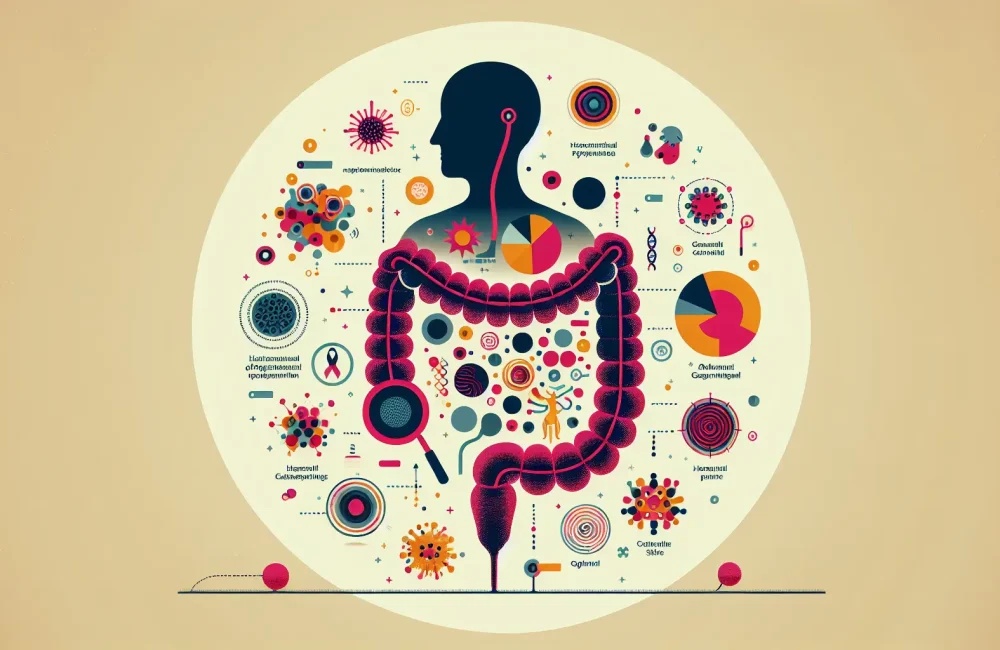By CAFMI AI From Nature Reviews Disease Primers
DSD Overview and Clinical Presentation
Differences of sex development (DSD) are a group of congenital conditions where chromosomal, gonadal, or anatomical sex develops atypically. These variations arise from genetic, hormonal, or environmental factors that disrupt the normal pathways of sex differentiation during embryonic development. The spectrum of DSD phenotypes ranges widely, from complete sex reversal to subtle genital variations. Common clinical signs include atypical genitalia, infertility, and hormonal imbalances, which can vary greatly depending on the underlying cause. Due to this diverse presentation, awareness and recognition of DSD features are fundamental for clinicians, especially those in primary care, to facilitate early identification and referral.
Diagnosis and Multidisciplinary Management
Diagnosing DSD requires a comprehensive approach, including detailed physical examination, hormonal assessments, imaging studies, and advanced genetic analyses. Early and accurate diagnosis is crucial because it directly impacts treatment plans and psychosocial outcomes. Management typically involves a multidisciplinary team with endocrinologists, surgeons, geneticists, psychologists, and other specialists working together. Treatment decisions focus on optimizing physical health, fertility potential, psychological well-being, and addressing ethical considerations connected to gender assignment and possible surgical interventions. For primary care physicians, understanding these diagnostic and management pathways is essential for coordinated care and appropriate specialist referral.
Advances and Clinical Implications for Practice
Recent advancements in molecular genetics have expanded knowledge about the genes involved in sex development, such as SRY and SOX9, helping to better classify and manage DSD cases. Modern molecular techniques now enable more precise diagnosis and inform individualized treatment protocols. Emphasizing patient-centered care and ethical considerations, current research supports a more holistic approach to managing DSD, prioritizing not only physical outcomes but also psychological health and quality of life. For primary care providers, staying updated on these developments aids in supporting patients through their diagnostic journey and ongoing care, ultimately improving outcomes in this complex area of medicine.
Read The Original Publication Here






